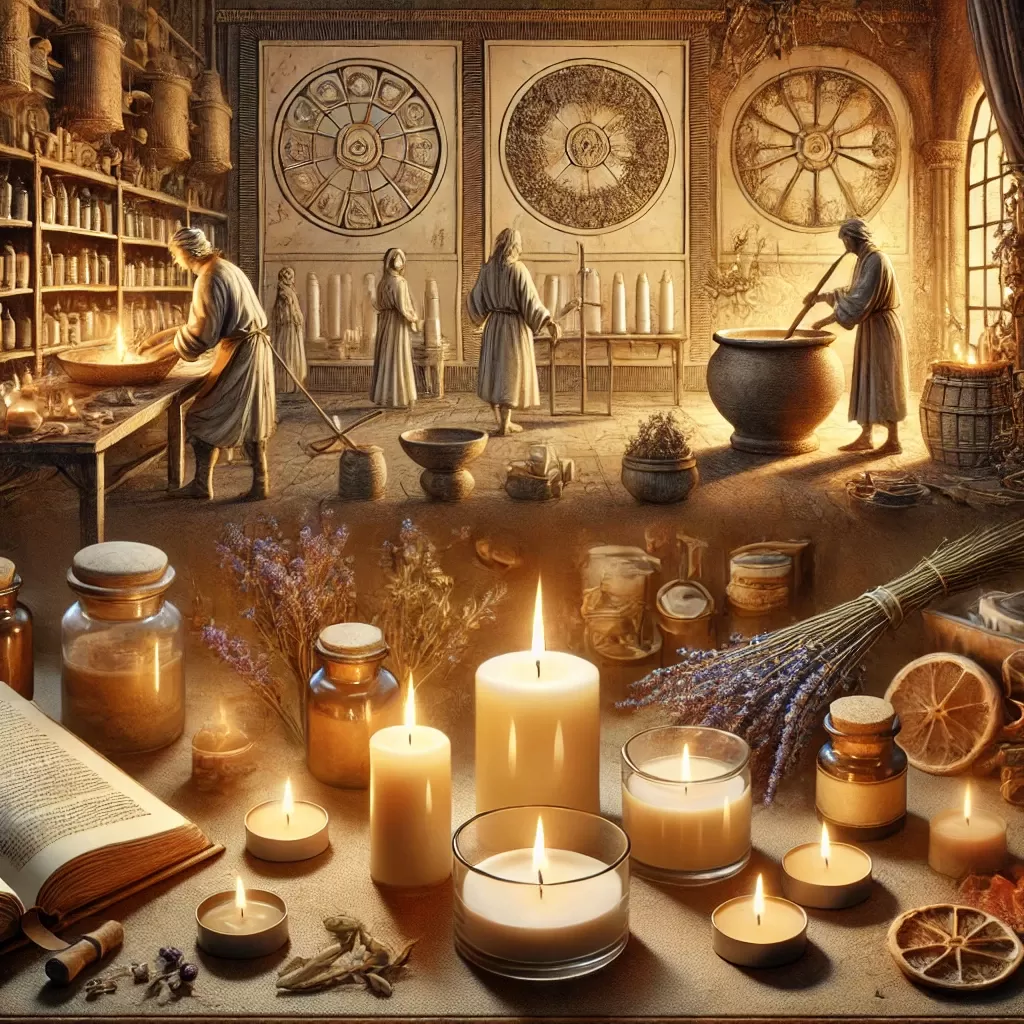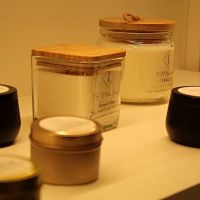The History and Origins of Scented Candles
A Candle That Illuminates Millennia of History
The soft glow and captivating scent of a scented candle often evoke feelings of tranquility and relaxation. However, the history of scented candles stretches far beyond our modern-day use, playing an important role in ancient cultures as a tool in religious rituals, healing practices, and even social status. From ancient Egypt to modern Europe, scented candles have evolved through centuries, blending with different civilizations' religious, medicinal, artistic, and daily life practices. Today, let’s explore the fascinating origins of scented candles and uncover the cultural significance that has made them so enduring.
The Ancient Beginnings of Scented Candles
The history of scented candles goes back thousands of years, with the earliest versions not quite resembling the aromatic ones we know today. Early candles were typically made from animal fat or plant oils, primarily used for illumination. However, the addition of aromatic substances to these candles wasn’t accidental — ancient peoples were already aware of the emotional and spiritual impact of scents.
>Ancient Egypt: Sacred Scents in Rituals
In Ancient Egypt, candles were not just a tool for lighting the night but an essential part of religious ceremonies. Egyptians believed that scents could connect the human realm with the divine, using candles infused with incense like frankincense and myrrh during worship to purify the air, ward off evil spirits, and invite the presence of gods. Fragrance, in these rituals, was seen not just as a sensory experience but as a medium for spiritual power and divine interaction.
Ancient Rome: Healing and Pleasure
In Ancient Rome, scented candles took on a dual role, both as a luxury for social gatherings and a therapeutic tool. The Roman elite often lit scented candles during lavish banquets and in public baths, where the fragrance would enhance the atmosphere and elevate the experience of relaxation. These candles were also used for their perceived healing properties, as Romans believed that certain aromas, such as lavender and rosemary, could help soothe physical ailments and ease mental stress. The blending of fragrance and wellness became a hallmark of Roman culture, reflecting both indulgence and a belief in the power of nature to heal.
The Middle Ages: Spiritual and Therapeutic Uses
As we move into the Middle Ages, scented candles began to take on a new form, deeply tied to both religious practices and health care. In Christian religious ceremonies, candles symbolized light and the divine, with the flickering flame representing Christ. At the same time, monasteries and hospitals used scented candles with ingredients like rose, lavender, and juniper berries to purify the air and ward off illness. Aromatic substances in these candles were believed to cleanse the spirit and body, blending religious reverence with healing arts.
Cultural Significance and Varied Uses of Scented Candles
Eastern Traditions: From Meditation to Feng Shui
In Eastern cultures, the use of scented candles also carries a deep historical and spiritual weight. In China, Japan, and India, scent was not only a luxury but an essential part of meditation, well-being, and even feng shui. For example, in China, incense and candles were traditionally used in "xiangdao" (the way of incense) to enhance meditation and create harmony in the environment. In Japan, the ancient art of "Kodo" (the Way of Incense) was developed into a refined practice, where fragrances from candles or incense were not only enjoyed for their scent but also seen as a spiritual practice that harmonized body, mind, and spirit. Similarly, in India, candles and incense were used during yoga and meditation to purify the space and enhance the focus of the practitioner, helping them reach deeper states of mindfulness.
The West: A Blend of Emotion and Aesthetic
As scented candles continued to evolve, their uses shifted towards emotional and aesthetic enhancement. By the 18th and 19th centuries in Europe, scented candles became symbols of luxury, elegance, and refined taste. In contemporary Western culture, scented candles are an essential part of daily life, from cozy homes to stylish offices. They are no longer just about fragrance but also about creating a certain ambiance, whether for relaxation, romance, or setting the tone for a social gathering. Modern candles are crafted from a variety of luxurious waxes and essential oils, offering a wide range of scents, from fresh florals to smoky woods.
Psychology and Aromatherapy: The Science of Scent
In recent years, the therapeutic properties of scented candles have garnered much attention in the realm of psychology and aromatherapy. Scientific studies have shown that different scents can trigger chemical reactions in the brain that affect mood, stress levels, and even physical health. For example, lavender is known for its calming effects, helping to reduce anxiety and promote relaxation. Citrus scents, on the other hand, are believed to boost energy and focus. As a result, scented candles have become a tool for modern individuals seeking balance in their busy lives, offering not only aesthetic pleasure but also emotional and mental well-being.
The Timeless Charm of Scented Candles
Whether lighting up the rituals of ancient temples or setting the mood in modern homes, scented candles have illuminated our lives for centuries. They are more than just a source of light or a pleasant aroma — they are cultural symbols, carrying deep significance across various traditions and practices. From their sacred use in religious ceremonies to their role in promoting wellness and creating emotional ambiance, scented candles have remained a beloved part of human life, blending luxury, healing, and spirituality. As we continue to explore and appreciate the small details that make our lives richer, scented candles will undoubtedly remain a powerful symbol of tranquility, warmth, and the pursuit of balance.




0 comments